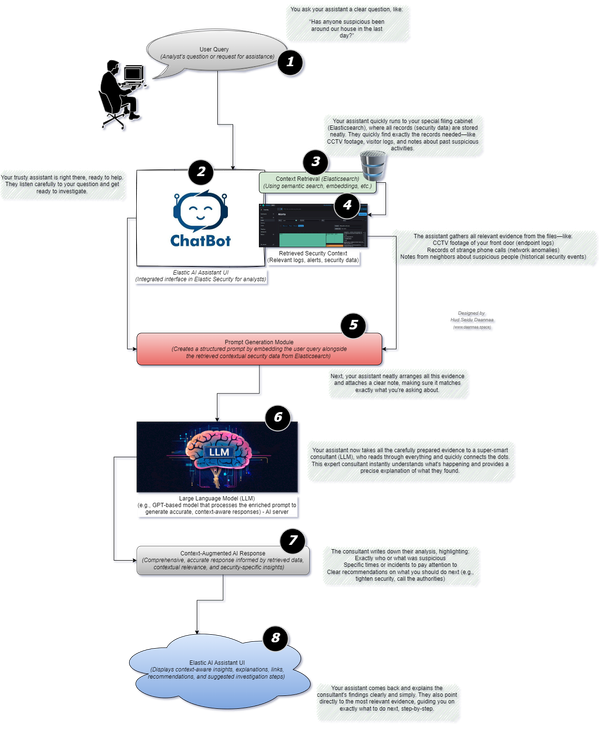Human-First CTI: Track, Validate, Operationalize
Turn noisy feeds into decisions your security program can live with.

Why this matters now
You won’t always be the first target. Incidents begin somewhere else, then spread until they eventually reach you. The advantage isn’t in reading every headline, it’s in knowing what’s relevant, adapting controls, and proving the impact.
Human-First Threat Intelligence for Training & Awareness: CTI for Humans
- What does the cybersecurity landscape in my region look like? Based on that, which policies should we implement, and how do we keep them current as new incidents emerge?
- How can we track events in real time and understand how they drive changes to policies, controls, and our overall program?
- Amid global feeds, how do we retain only what’s relevant to our environment?
- How do we build org-specific knowledge for long-term tracking and analysis?
- How do we continuously track, verify, and validate CTI enrichment?
- How do we stay up to date, not just with headlines, but with validated, actionable insights?
- How do we connect incidents to our own risks, impacts, and lessons learned?
- Which adversaries target our sector?
- What tools do they use, and how do we track them?
- Which CVEs do they exploit, and how do we stay ahead?
- Which tactics & techniques matter most to us?
- How do we maintain an inventory of related assets across the broader cyber landscape?
- Across all our tools, what intelligence goes in, and how well are they tuned to meet our goals?
A Threat Library For Your Security Operations: CTI for Humans
The threat landscape shifts daily. New actors, tools, and vulnerabilities make static policies obsolete. Resilient organizations don’t just write policies, they track and update them as incidents unfold.
A human-first CTI approach delivers:
- Relevance over volume: Filter, verify, and validate what matters to your environment.
- Living policies & controls: Update continuously in response to real incidents.
- Actionable clarity: Move from headlines to decisions engineers can implement.
- Memory & trends: Build an internal knowledge base to see patterns early.
- Exposure mapping: Align assets and dependencies to evolving threats.
- Tool tuning: Enrich and fine-tune SIEM/EDR/SOAR/cloud/identity to meet program objectives.
What good looks like:
- Single source of truth for incidents relevant to your organization
- Clear links from incidents → risks → policies/controls updated
- Adversary-centric tracking (tools, CVEs, TTPs that matter to you)
- Decision logs showing why each change was made
- Regular validation that detections and controls still hold





